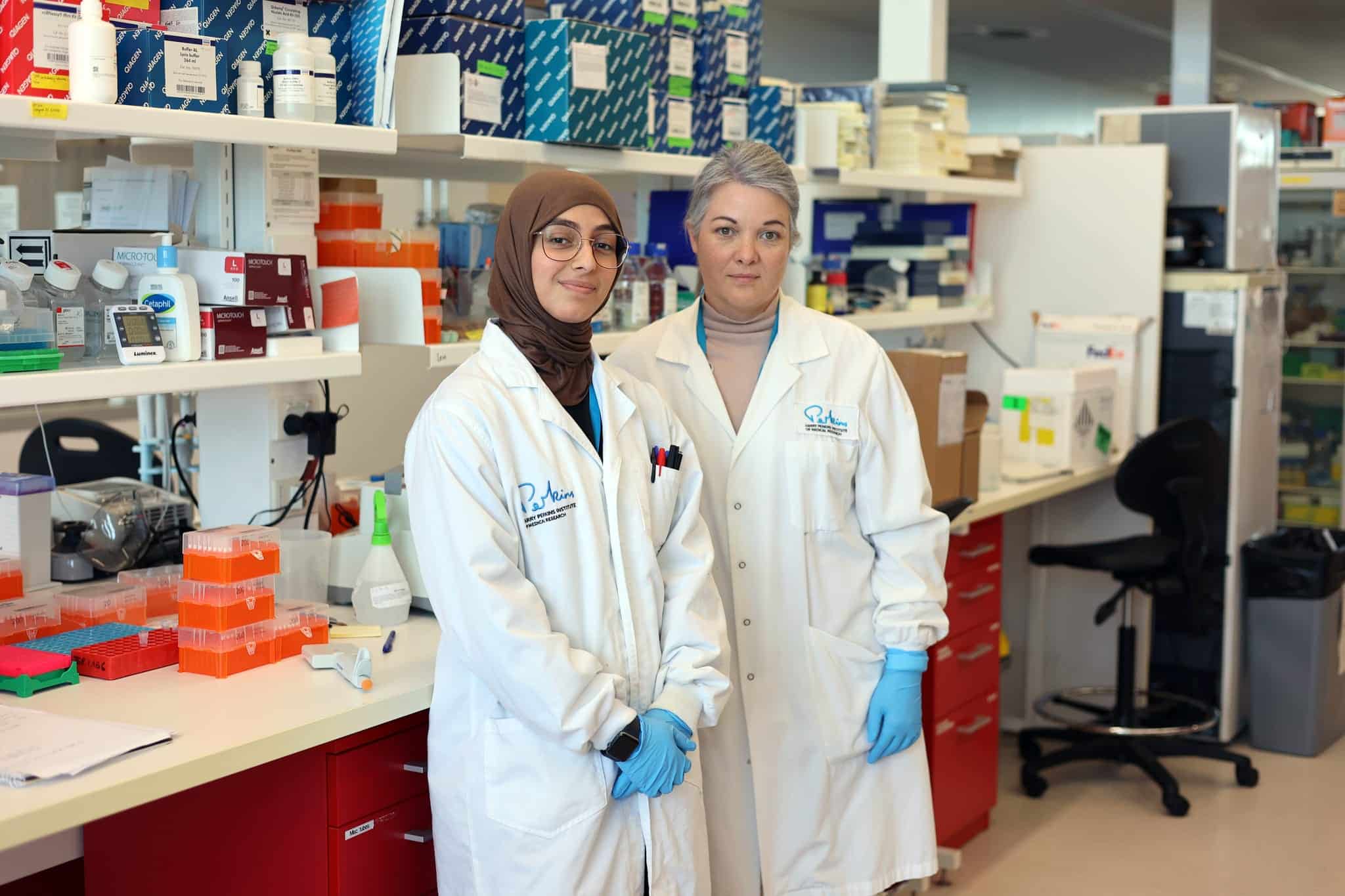
Professor Gina Ravenscroft, Rare Disease Genetics and Functional Genomics Group Leader from the Harry Perkins of Medical Research and Senior Research Fellow at The University of Western Australia and PhD student, Lein Dofash from the Perkins and UWA Medical School recently published a paper identifying a new genetic cause of rigid spine syndrome, a rare muscle disorder that causes spinal stiffness, scoliosis, and breathing difficulties in children.
The paper was published in the UK’s Oxford Academic journal Brain which focuses on landmark papers in clinical neurology and translational neuroscience.
Rigid spine myopathy is a rare muscle disease than usually presents at birth or during infancy.
It presents as muscle weakness and muscle wasting or atrophy. It usually involves muscle of the torso and neck and can be associated with breathing difficulties and the need for ventilatory support.
Most cases are linked to SELENON gene mutations, but some patients remain undiagnosed.
The study used genetic sequencing to find mutations in the HMGCS1 gene in five patients from four families that are linked to spinal rigidity, scoliosis, and respiratory issues.
“HMGCS1-related myopathy is a recessive disorder, in all the families,” said Professor Ravenscroft.
“The affected children inherited one variant (mutation) from each of their healthy/unaffected parents.”
The team collaborated with Dr Lee Miles and Professor Robert Bryson-Richardson, at Monash University, experts in modelling human muscle diseases in the zebrafish, who created a model for the disorder to confirm the finding and test a potential treatment.
“Zebrafish are an excellent model to study muscle diseases since young zebrafish are see-through and this allows visualisation of the skeletal muscle (which makes up the bulk of the fish tail)” said Gina.
“Because of the evolutionary conservation between humans and fish we can model many human diseases in zebrafish in a timely and cost-efficient manner.”
“You can also test therapies in zebrafish by adding drugs or supplements to the media the fish swim around in. “
The results from the treated zebrafish showed Mevalonic acid (mevalonolactone) supplementation lessened symptoms in the model, suggesting it could be a potential treatment for patients with the HMGCS1 gene variants.
‘If we could secure production of clinical-grade mevalonolactone, this could potentially be administered on compassionate grounds to patients with HMGCS1-related myopathy,” said Gina.
“A previous study showed that oral treatment of mice and a patient with a related myopathy (HMGCR-related myopathy) is safe and shows therapeutic benefit.
The next step is to identify further patients with HMGCS1-related myopathy to better understand the range of variants that cause disease and the range of clinical presentations that are caused by variants in HMGCS1.”
Collaborators in the USA are keen to explore clinical grade production of mevalonolactone for treatment of the few patients that are known about.
The paper can be found at here.
